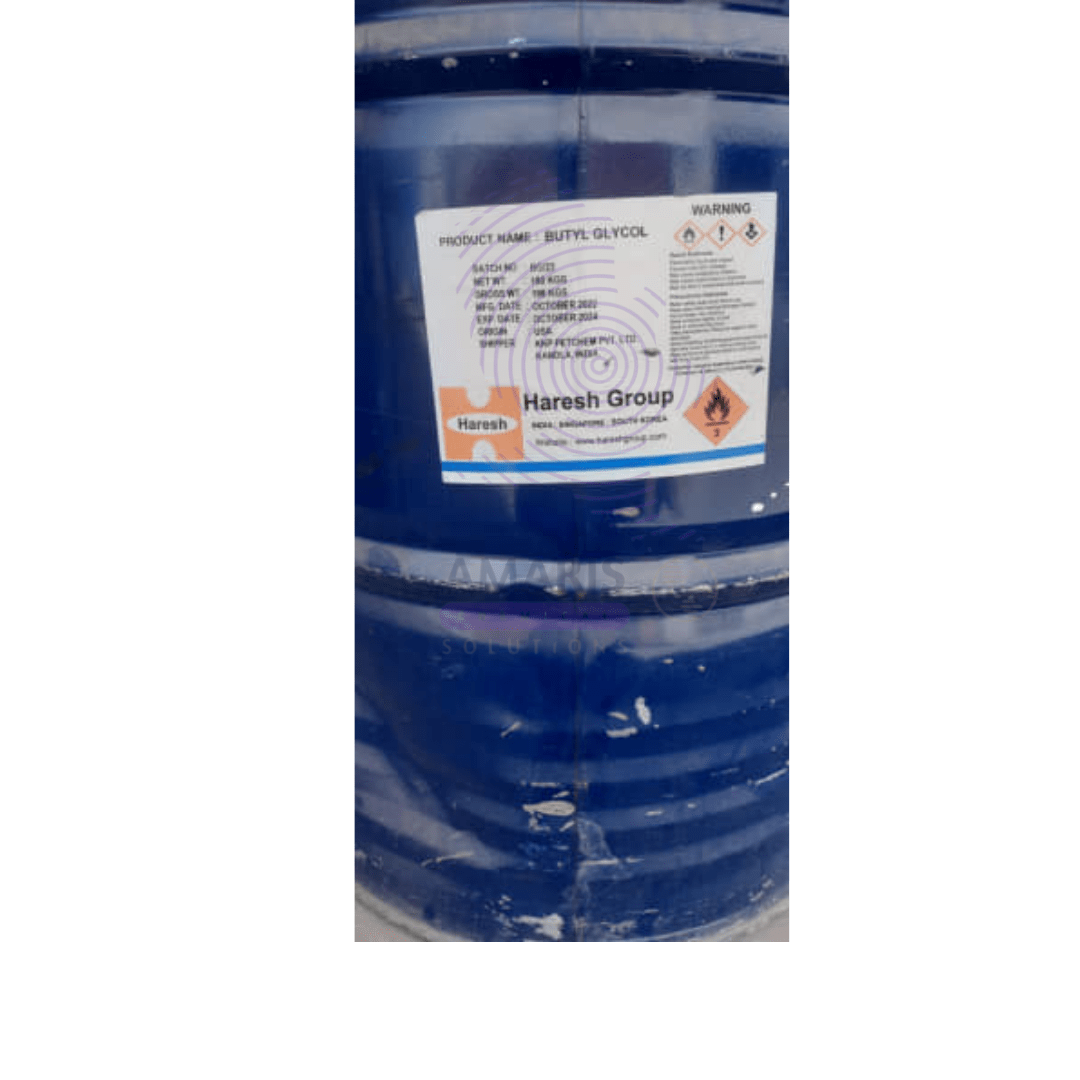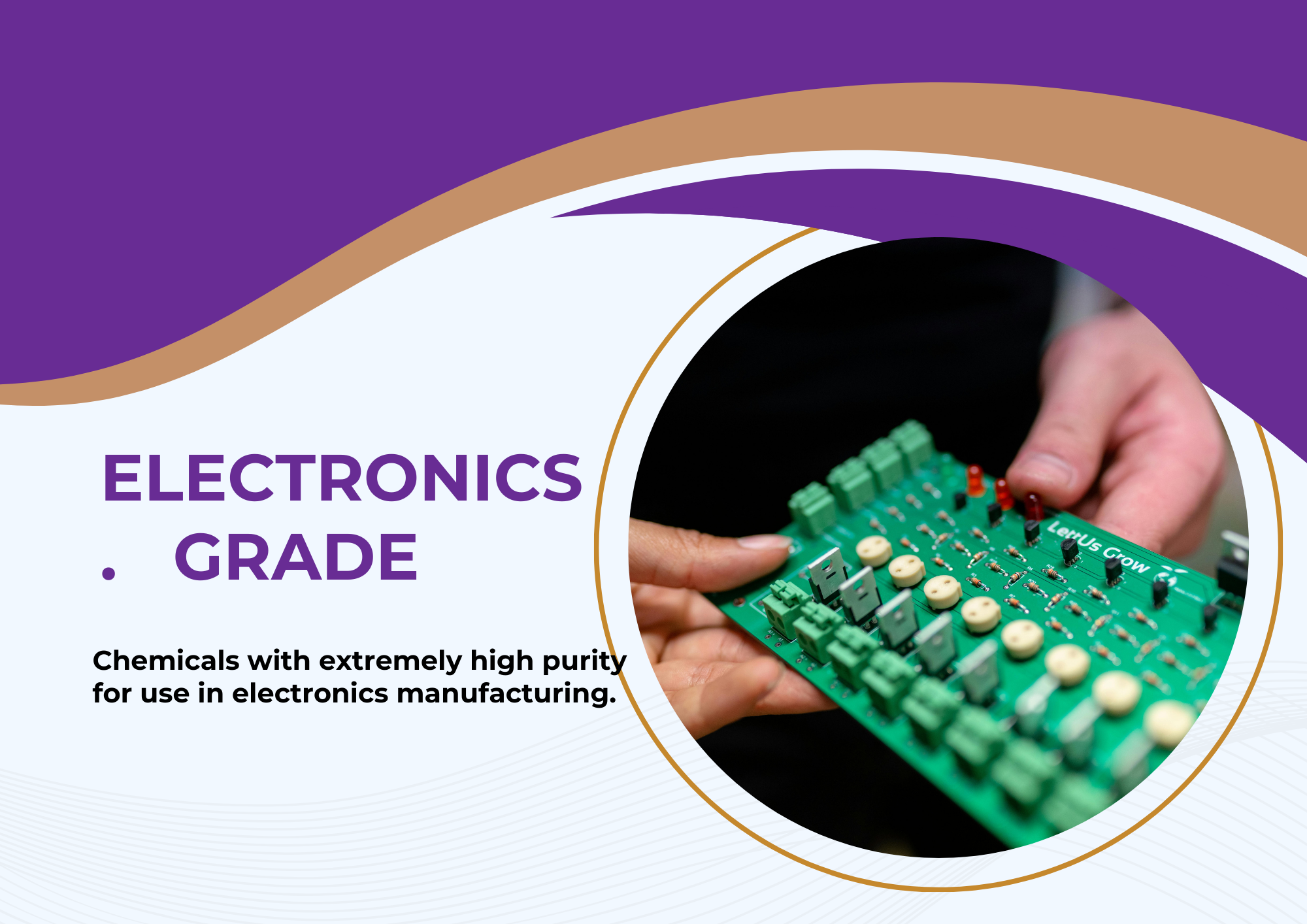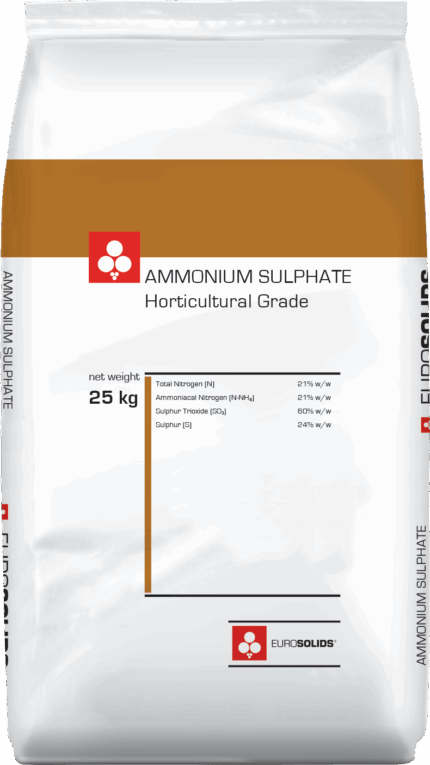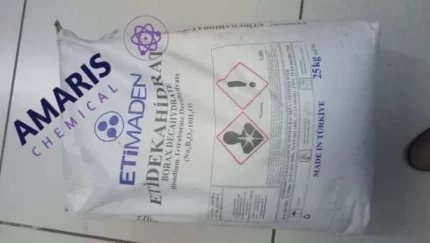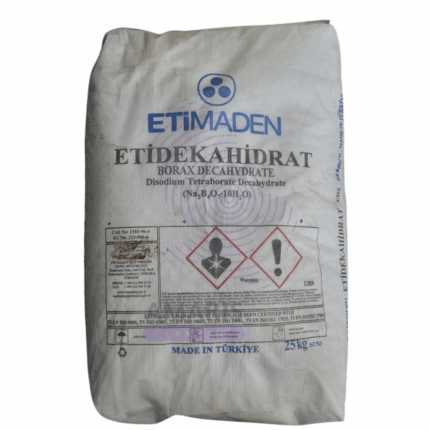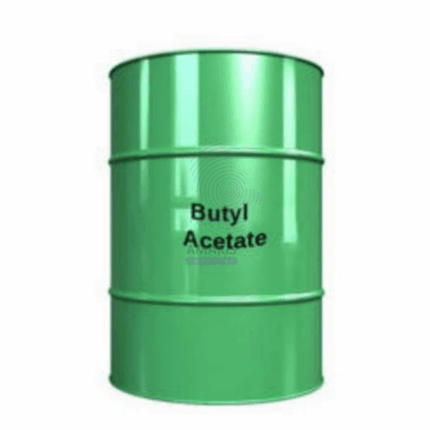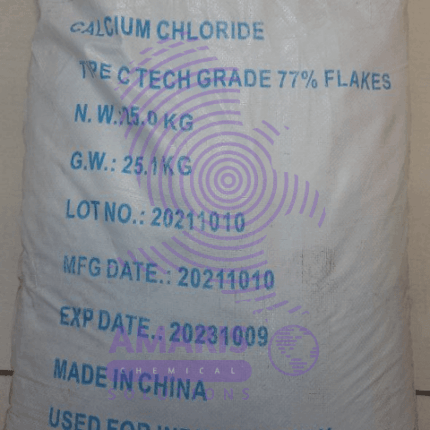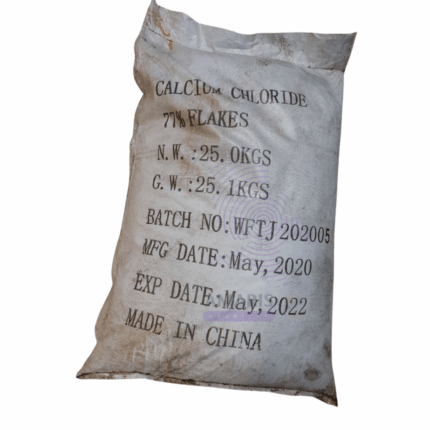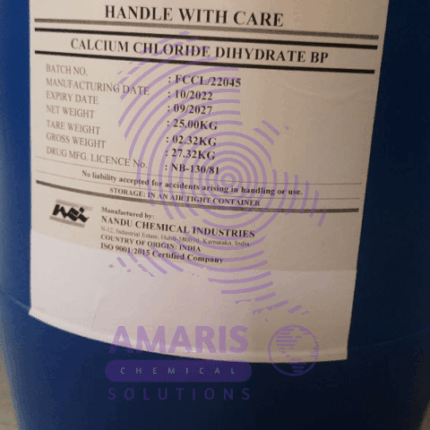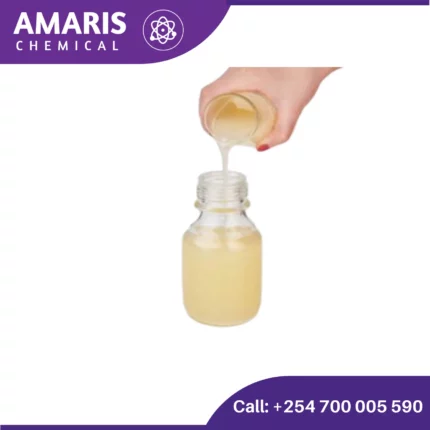
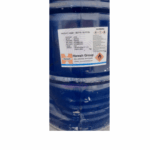

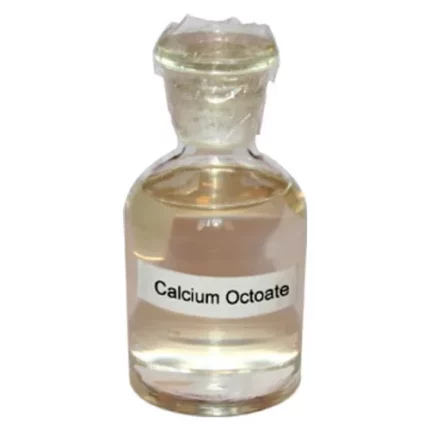
Butyl Glycol
$87,000.00 Original price was: $87,000.00.$86,000.00Current price is: $86,000.00.
Butyl Glycol is a versatile, water-miscible solvent known for its strong solvency, balanced evaporation rate, and excellent coupling properties. Widely used in paints, coatings, and cleaning formulations, it enhances product performance by improving flow, gloss, and adhesion while effectively dissolving oils, resins, and greases. Its stability in water-based and solvent-based systems makes it ideal for industrial cleaners, printing inks, metalworking fluids, and adhesives.
With moderate volatility and reliable performance, Butyl Glycol is a preferred choice for manufacturers seeking efficient, multi-purpose solubility. Proper handling is recommended to ensure safe usage
Butyl Glycol Uses
Paints & Coatings
- Acts as a primary solventin water-based and oil-based paints, varnishes, and lacquers.
- Enhances flow, leveling, and gloss while preventing blushing (haze formation).
- Used in automotive, marine, and architectural coatings.
Cleaning Products
- Key ingredient in degreasers, industrial cleaners, and household detergents(effective against oils, greases, and resins).
- Used in printers, inks, and graffiti removersdue to its strong solvency.
Printing & Dyes
- Solvent in textile dyeing, printing inks, and leather treatments.
- Helps maintain pigment dispersion and even application.
Chemical & Manufacturing
- Intermediate in pesticides, herbicides, and hydraulic fluids.
- Used in metalworking fluids(coolants and lubricants).
Adhesives & Sealants
- Improves adhesion and drying propertiesin glues, caulks, and sealants
| AVAILABLE PACK SIZE |
185 kg drum |
|---|---|
| APPEARANCE |
Watery/Thin – Low viscosity e.g., ethanol |
1. Basic Identification Attributes
- Chemical Name: 2-Butoxyethanol (IUPAC)
- CAS Number: 111-76-2
- HS Code: 2909.43.00 (Ethers of ethylene glycol)
- Molecular Formula: C₆H₁₄O₂ / CH₃(CH₂)₃OCH₂CH₂OH
- Synonyms: Ethylene glycol monobutyl ether, Butyl cellosolve, EGBE
2. Physical & Chemical Properties
- Physical State: Clear, colorless liquid
- Color & Odor: Colorless; mild, ether-like odor
- Boiling Point: 171.2°C
- Melting Point: -74.8°C
- Density: 0.902 g/cm³ (20°C)
- Solubility:
- Water: Miscible in all proportions
- Organic solvents: Miscible with most organic solvents
- pH Level: Neutral (~7)
- Vapor Pressure: 0.76 mmHg (20°C)
- Flash Point: 61°C (closed cup)
- Autoignition Temperature: 245°C
- Viscosity: 2.9 mPa·s (20°C)
- Refractive Index: 1.4198 (20°C)
3. Safety & Hazard Attributes
- Hazard Class (GHS):
- Acute Toxicity Category 4 (oral)
- Skin Irritation Category 2
- Eye Irritation Category 2A
- STOT SE Category 2 (hematopoietic system)
- NFPA Ratings: Health: 2 | Flammability: 2 | Reactivity: 0
- Exposure Limits:
- OSHA PEL: 50 ppm (240 mg/m³) 8-hr TWA
- ACGIH TLV: 20 ppm (97 mg/m³) 8-hr TWA
- Reactivity:
- Stable under normal conditions
- Incompatible with strong oxidizers, acids
4. Storage & Handling Attributes
- Storage Conditions:
- Temperature: <30°C
- Ventilation: Well-ventilated area
- Humidity: Dry conditions
- Incompatible Materials: Strong oxidizers, acids
- Container Type: Carbon steel, stainless steel, or HDPE
- Shelf Life: >2 years if properly stored
- Special Handling:
- Grounding/bonding recommended
- PPE: Gloves (nitrile), goggles, vapor respirator if needed
5. Regulatory & Compliance Attributes
- Regulatory Status:
- EPA: Listed under TSCA
- REACH: Registered (Annex III)
- FDA: 21 CFR 175.105 (indirect food additive)
- Hazard Symbols: Health Hazard, Exclamation Mark
- Transportation Restrictions:
- UN Number: UN2369
- Hazard Class: 3 (Flammable liquid)
- Packing Group: III
- Waste Disposal:
- RCRA: Not listed hazardous waste
- Incineration preferred
6. Environmental & Health Impact
- Ecotoxicity:
- LC50 (fish): 500-1,000 mg/L (96h)
- EC50 (daphnia): 320 mg/L (48h)
- Persistence:
- Atmospheric half-life: ~20 hours
- BOD5: 40-60% (readily biodegradable)
- Carcinogenicity:
- IARC: Not classified
- NTP: Not listed
- Biodegradability: Readily biodegradable (OECD 301
Personal Protection
- Respiratory: Use organic vapor respirator (NIOSH-approved) if ventilation is inadequate
- Eyes: Chemical splash goggles or face shield
- Skin: Impermeable gloves (nitrile or neoprene), protective clothing
- General: Avoid all contact - no eating/drinking/smoking in work area
Handling & Storage
- Store in tightly sealed containers in cool, ventilated area
- Keep away from oxidizers, acids, and heat sources
- Use explosion-proof equipment in handling areas
- Ground containers during transfer to prevent static sparks
Spill Management
- Small spills: Absorb with inert material (vermiculite, sand)
- Large spills: Contain and prevent entry into sewers/waterways
- Evacuate area if significant vapor concentration develops
Inhalation
- Immediately move to fresh air
- Administer oxygen if breathing is difficult
- Seek medical attention if symptoms persist
Skin Contact
- Remove contaminated clothing
- Wash thoroughly with soap and water for 15 minutes
- Seek medical attention if irritation develops
Eye Contact
- Rinse immediately with flowing water for 15 minutes
- Hold eyelids open during rinsing
- Seek immediate medical attention
Ingestion
- Do NOT induce vomiting
- Rinse mouth with water
- Seek immediate medical attention
Fire Characteristics
- Flammable liquid (flash point 60°C/140°F)
- Forms explosive vapor/air mixtures above flash point
- Hazardous combustion products: CO, CO₂, irritating fumes
Extinguishing Media
- Alcohol-resistant foam
- Dry chemical powder
- CO₂
- Water spray to cool containers
Firefighter Protection
- Wear self-contained breathing apparatus (SCBA)
- Use full protective gear including chemical-resistant suit
- Cool exposed containers with water spray


 Emollients
Emollients Humectants
Humectants UV Filters
UV Filters Surfactants (cosmetic)
Surfactants (cosmetic) Preservatives (cosmetic)
Preservatives (cosmetic) Fragrances and Essential Oils
Fragrances and Essential Oils Antioxidants (cosmetics)
Antioxidants (cosmetics)
 Solvents (lab)
Solvents (lab) Chromatography Chemicals
Chromatography Chemicals Microbiology and Cell Culture Reagents
Microbiology and Cell Culture Reagents Biochemical Reagents
Biochemical Reagents Inorganic and Organic Standards
Inorganic and Organic Standards Spectroscopy Reagents
Spectroscopy Reagents Molecular Biology Reagents
Molecular Biology Reagents
 Precious Metal Extraction Agents
Precious Metal Extraction Agents
 Plasticizers
Plasticizers Polymerization Initiators
Polymerization Initiators Stabilizers
Stabilizers Monomers
Monomers Fillers and Reinforcements
Fillers and Reinforcements Antioxidants (plastics)
Antioxidants (plastics) Colorants (plastic pigments,Dyes)
Colorants (plastic pigments,Dyes)
 Fertilizers
Fertilizers Plant Growth Regulators
Plant Growth Regulators Soil Conditioners
Soil Conditioners Animal Feed Additives
Animal Feed Additives Biostimulants
Biostimulants
 Dough Conditioners
Dough Conditioners Flour Treatments
Flour Treatments Fat Replacers
Fat Replacers Preservatives (baking)
Preservatives (baking)
 Surfactants (cleaning)
Surfactants (cleaning) Builders
Builders Bleaching Agents
Bleaching Agents Enzymes
Enzymes Solvents (cleaning)
Solvents (cleaning) Fragrances
Fragrances Disinfectant
Disinfectant Metal cleaning
Metal cleaning
 Binders/Resins
Binders/Resins Pigments
Pigments Solvents (paint)
Solvents (paint) Additives
Additives Driers
Driers Anti-Corrosion Agents
Anti-Corrosion Agents Specialty Coatings
Specialty Coatings Functional Coatings
Functional Coatings Application-Specific Coatings
Application-Specific Coatings
 Sealants and Adhesives
Sealants and Adhesives
 Biodegradable Surfactants
Biodegradable Surfactants Bio-based Solvents
Bio-based Solvents Renewable Polymers
Renewable Polymers Carbon Capture Chemicals
Carbon Capture Chemicals Wastewater Treatment Chemicals
Wastewater Treatment Chemicals
 Preservatives (food)
Preservatives (food) Flavor Enhancers
Flavor Enhancers Acidulants
Acidulants Sweeteners
Sweeteners Emulsifiers
Emulsifiers Antioxidants (food)
Antioxidants (food) Colorants (food)
Colorants (food) Nutrient Supplements
Nutrient Supplements Nutraceutical Ingredients
Nutraceutical Ingredients
 Fresh Herbs
Fresh Herbs Whole Spices
Whole Spices Ground Spices
Ground Spices Spice Blends
Spice Blends
 Surfactants(oil)
Surfactants(oil)
 Antibiotics
Antibiotics Active Pharmaceutical Ingredients
Active Pharmaceutical Ingredients Excipients
Excipients Vaccine Adjuvants
Vaccine Adjuvants Nutraceutical Ingredients
Nutraceutical Ingredients Solvents (pharmaceutical)
Solvents (pharmaceutical)
 Automotive chemicals
Automotive chemicals Pyrotechnic Chemicals
Pyrotechnic Chemicals


 Vulcanizing Agents
Vulcanizing Agents Accelerators & Retarders
Accelerators & Retarders Antidegradants
Antidegradants Reinforcing Agents
Reinforcing Agents Plasticizers & Softeners
Plasticizers & Softeners Fillers & Extenders
Fillers & Extenders Blowing Agents
Blowing Agents Adhesion Promoters
Adhesion Promoters

